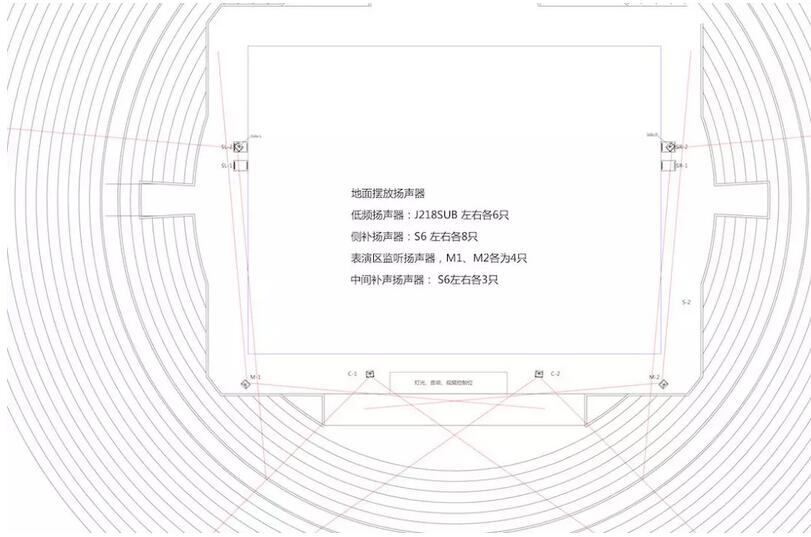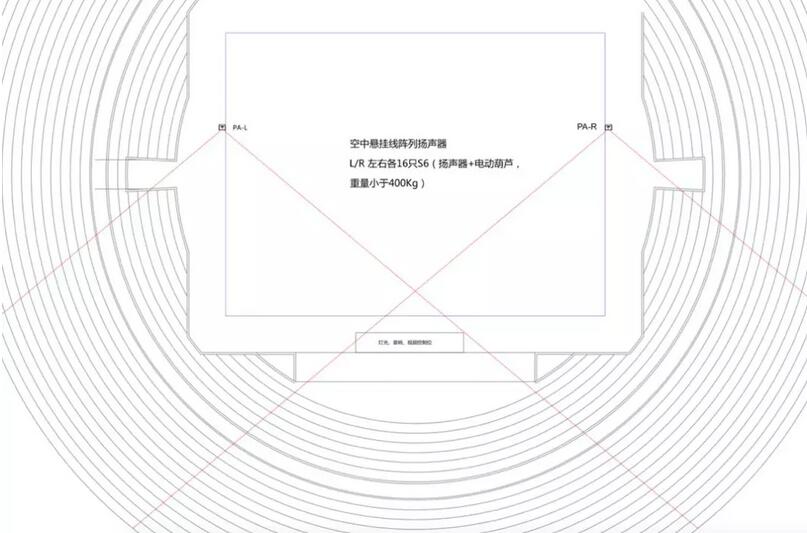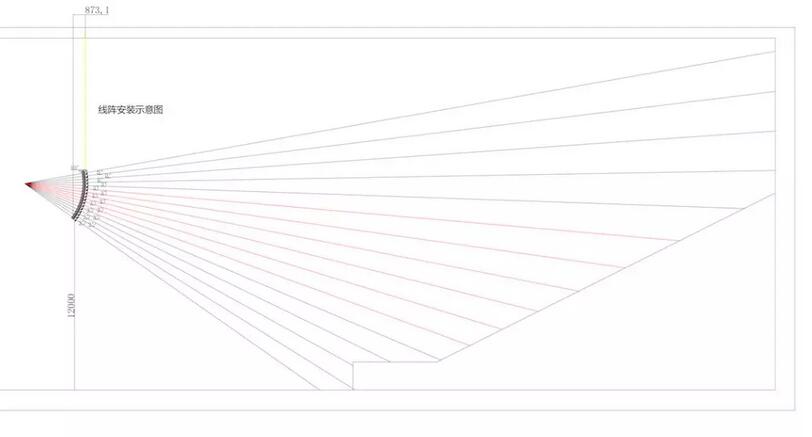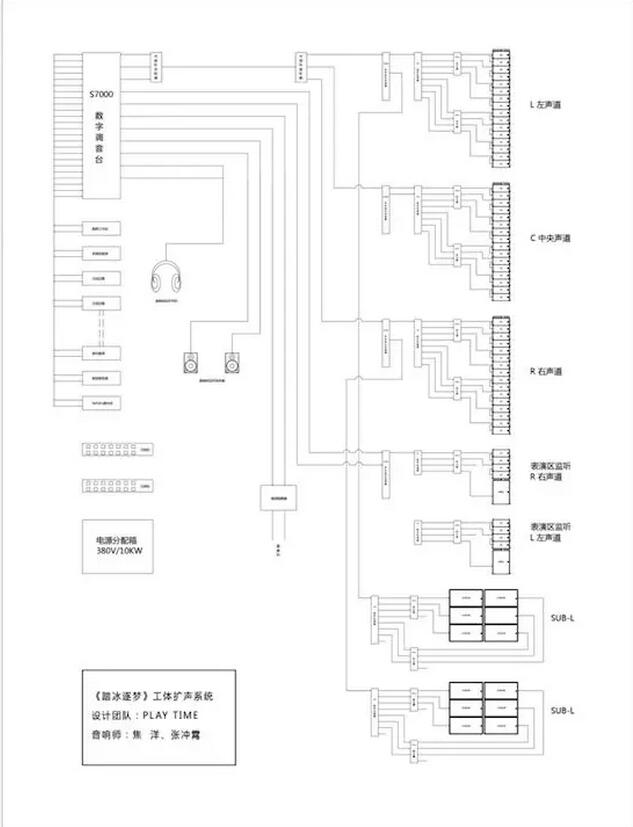Jazzpro made a perfect debut at the Beijing Workers' Stadium with "Chasing Dreams on Ice."
On July 5th at 19:30, the highly anticipated original ice dance drama "Chasing Dreams on Ice," the first of its kind in China, officially completed its premiere performance at the Workers' Stadium in Beijing as part of its tour.

The premiere of "Chasing Dreams on Ice" captivated the audience with its profound depiction of patriotism and stunning performance effects, resulting in a full house on a rainy night in Beijing. At the end of the show, the audience expressed their appreciation with an enduring eight-minute standing ovation for the entire creative team and cast. This undoubtedly marked a tremendous success for a brand-new, cross-genre ice dance drama.
Those who have performed at the Workers' Stadium in Beijing know that it was built in 1961. Although it underwent renovations before the 2008 Olympics, the entire roof can only support loads of less than 7 tons! The single-point load must be under 500 kilograms, and large concerts typically use TRUSS structures built from the ground up, minimizing the use of overhead rigging.

However, for this performance, the ice dance drama required the entire indoor area for the performance space. To ensure a cohesive visual presentation, the organizers did not allow any columns in the venue. With seating for 13,000, half of the seats were designated for the audience. On the day of the performance, the audience indeed filled every seat, including the last row. The drop from the front row to the last row is nearly 20 meters, and the number of speakers could not be lessened; otherwise, the vertical coverage angle of the line sources would be affected.
Through multiple on-site measurements and simulations, the organizers required that the sound field effect for over 6,000 spectators be ensured. The initial design of the PA system adopted an LCR configuration with three line arrays, each containing 16 speakers, along with side speakers and monitors for the performance area, totaling around 64 full-range speakers! The amplification for the music drama is significantly different from that of a concert. In my opinion, sound pressure level is not the most important factor; clarity, uniformity, and the expressiveness of musical details are far more critical.
The system designer initially preferred internationally renowned brands of small line array speakers with 6-inch, 7-inch, and 8-inch drivers (each weighing less than 20 kg). However, obtaining the required quantity of the same brand and model of small line array speakers within a short time proved challenging. Ultimately, the sound system designer communicated with the director and organizers and decided to use a new compact line array model "S6" from Jazzpro Audio as the amplification system for this performance.
According to the Jazzpro Audio system engineer, the S6 is an excellent product featuring two 6.5-inch low-frequency drivers and two 1-inch high-frequency drivers. With specially customized speaker units and clever design, each speaker achieves a sensitivity of 105 dB (centered at 1 kHz) and a music sound pressure level of 130 dB. Despite its compact size, it delivers exceptionally high sound pressure levels. The engineer also mentioned that due to the coaxial design of the S6's physical acoustics, the mid and low frequencies are channeled through two independent air compression chambers, significantly enhancing the density and sensitivity of the mid-high frequencies; the S6's low-frequency limit can reach down to 65 Hz (-10 dB).
The low-frequency amplification system employed 12 dual 18-inch speakers stacked on both sides. Since the venue has a "bowl" shape, to reduce low-frequency standing waves, each group of low-frequency speakers was divided into front and back groups (with three stacked in front and three in the back). After pre-setting the delay values for the front and back groups, the sound pressure difference between the front and back low-frequency speakers exceeded 12 dB, ensuring that the sound in the entire performance area was very "clean" and had sufficient clarity.
Sound design diagram (as follows)




When the technical team began installation, a new problem arose—due to the projection screen and lighting exceeding the predetermined load, the PA system's line array was only allowed to be rigged with 2 arrays! The technical team had to temporarily revise the plan. Fortunately, the S6 speakers have a 100° horizontal coverage angle, so the engineers had to change the LCR configuration to LR mode. To prevent the sound from the middle area of the audience from feeling "hollow," they had to temporarily add two front speakers for use as the "C" channel. Fortunately, the S6 performed admirably because the distance from the guest and media seats to the front speakers was only about 3 meters; any flaws would have been difficult to explain.
During the on-site system debugging by the technical team, there was a noticeable excess of around 400Hz in the venue. The orchestration of "Chasing Dreams on Ice" features many string sections, and an excess of 400Hz can significantly affect the timbre of the violins. We applied a certain amount of attenuation in the system EQ. Given that the mid-low frequencies of the S6 are composed of two 6.5-inch speakers, we were initially concerned about insufficient mid-low frequency energy. However, when 16 S6 speakers were connected in a group, the crossover point was set at 90Hz (Linkwitz-Riley/24dB). With 90Hz as the center frequency, the maximum phase shift between the low frequencies and the full-range frequencies was controlled within a 30° range across two octaves. Even from the back of the third-tier seating, the low-frequency energy heard by the audience was entirely emitted from the S6 full-range speakers. It was hard for our entire technical team to believe that such results came from a dual 6.5-inch speaker.

During the sound field design process, we received significant assistance from the jazz sound system engineers regarding the installation height of the line array, the bending angles, and the coverage characteristics of the sound field, providing us with many practical suggestions. According to the system engineers, when we treat an entire line array as a single speaker, the central energy zone must cover the audience furthest from the speaker (rather than the topmost speaker covering the furthest audience). Additionally, the bending angle of each speaker must consider multiple factors. In some amplification venues, when you need relatively uniform sound pressure and clarity, it is essential to consider the significance and properties of the bending of the line array speakers.